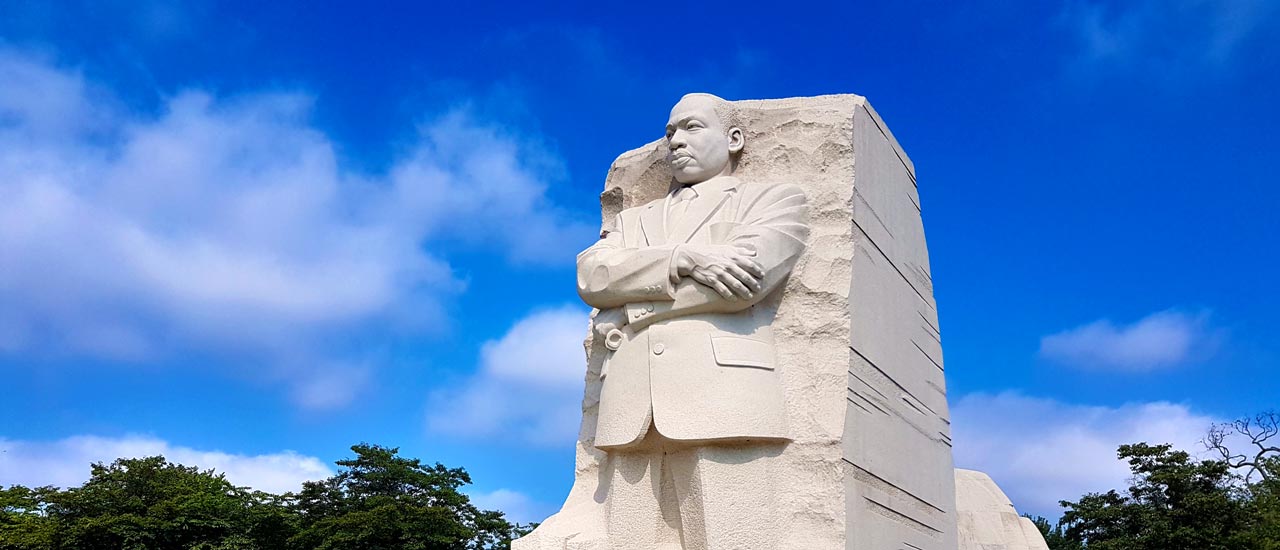Curriculum
The online coursework in Oregon State’s M.A./M.S. in History program will prompt you to conduct original research and contribute knowledge to the field that makes use of and acknowledges sources and scholars from the past. You’ll also have the opportunity to put your skills into practice through credit-based internships and contributions to public-facing history projects.
Through courses offered by the School of History, Philosophy, and Religion as well as other departments across OSU, you’ll learn to demonstrate the ability to recognize, articulate and analyze the diversity of human experience across political, economic, social, and cultural structures over time and space.
Degree requirements
A total of 45 quarter credits are required to graduate with your master’s degree in history. Major requirements and curriculum information are available on Oregon State's academic catalog.
If you wish to pursue a Master of Arts, you must take a language exam no later than your second year in the program. No language exam is required for Master of Science students.
Sample course topics
- Public history
- Environmental history of the U.S.
- Modern Mexico
- China in the 20th century
- The Holocaust in its history
- Teaching the Holocaust
- World War II: A global history
- Food in world history
- History of the American West
- Methodologies of history
- Historiography in history
Options
You will tailor your program studies to align with your research interests and career goals by selecting one of the following areas of study:
Community history and civic engagement (36 credits)
This option focuses on the history of race in the West, citizenship in the U.S., social welfare, labor history, immigration, activism and public history. Learn more on the academic catalog.
Global perspectives on war, peace and empire (28 credits)
The coursework centers on the Holocaust, the rise of anti-Semitism, the World Wars, war in history, and empires in Latin America, the Middle East, Asia and Africa. Learn more on the academic catalog.
Additional program features
Capstone or thesis
As a student in the M.A./M.S. in History program, you will produce a capstone project or thesis based on original research. This project will prepare you for various kinds of careers related to public history.
Experiential learning
The community history and civil engagement option requires a 4-credit experiential learning internship. You’ll work with your major advisor to identify local or online internship opportunities.
Important dates
These are the start dates for OSU’s next two terms. However, this program only admits for fall term.
See our academic calendar for our full quarter term schedule.
Degree quick facts
* Oregon State University is on a quarter-term system. There are four quarters each year and classes are 11 weeks long. This program's 45 quarter credits are equal to 30 semester credits.
† Based on current tuition rates. No additional charge for nonresident students. Does not include course materials and associated fees and expenses.
‡ You can complete all or nearly all requirements of this program online. View the curriculum.
Find application deadline
View required or recommended deadlines for your student type on our application deadlines page.
Ready to apply?
Once you've gathered the information you need to know before you apply to Oregon State University, take the next steps.


